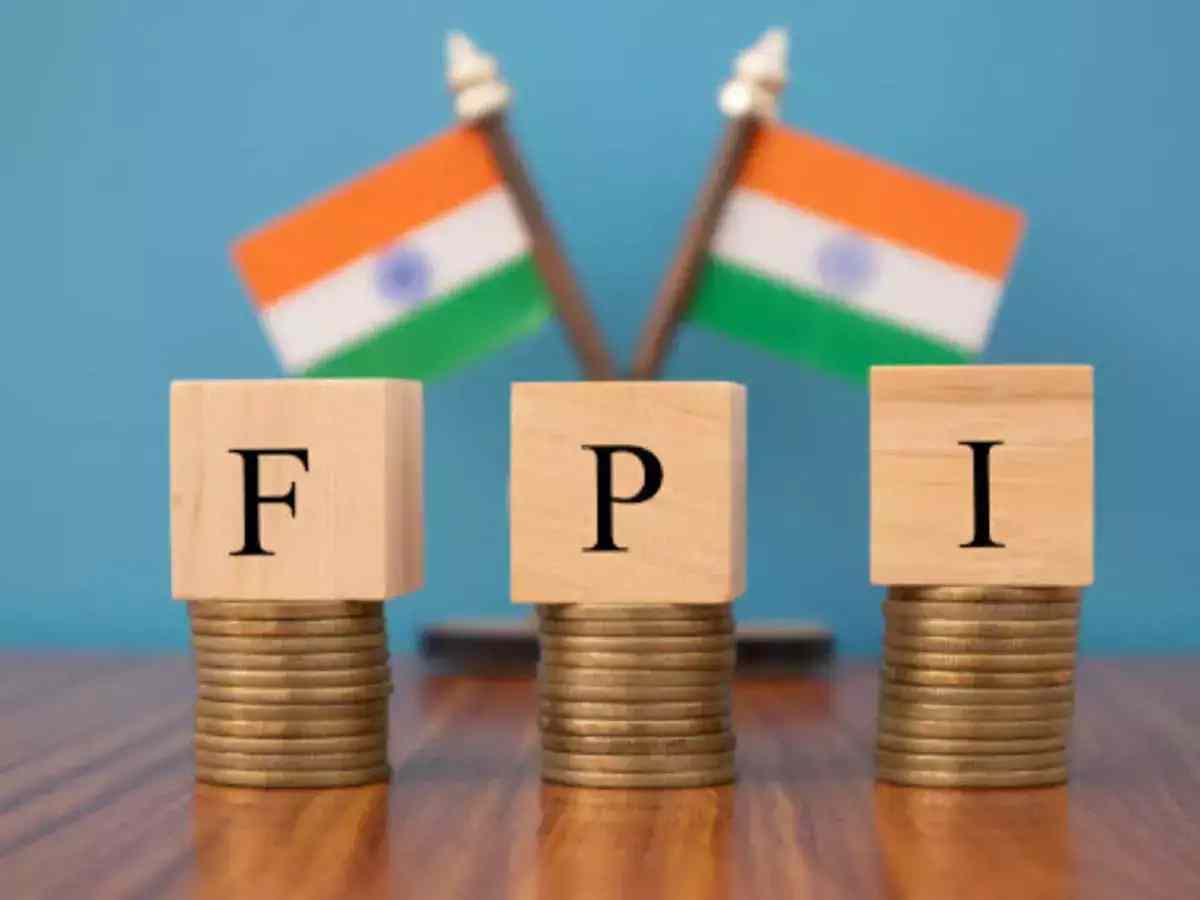
The Indian stock market has seen significant growth over the years, and one of the key drivers of this growth has been Initial Public Offerings (IPOs). IPOs allow companies to raise money from the public without taking on debt, helping them grow and innovate. For investors, IPOs offer a chance to invest in a company right at the start of its public journey.
Typically, IPOs perform well during bull markets when investor enthusiasm is high. Companies take advantage of this by raising funds at high valuations. Successful IPOs often boost the market further, as investors reinvest their profits. However, large and overhyped IPOs, which usually come with expensive valuations, can signal the peak of a bull market.
Could Hyundai Motor India’s upcoming IPO signal the peak of our market? There are two key factors to consider.
1. Changes in the IPO Process
The IPO process has evolved significantly over the years, largely thanks to the introduction of the Application Supported by Blocked Amount (ASBA) system by the market regulator. In the past, investors had to transfer funds when applying for an IPO, whether or not they were allotted shares. The refund process took time, often tying up investors’ money for 15-20 days, which drained liquidity from the market. This lack of liquidity could lead to a market peak, as seen with the IPOs of Reliance Power in 2008 and Coal India in 2010.
However, with ASBA, funds remain in the investor’s bank account until shares are allotted. This has made the process faster and more efficient, with listings now happening within 4-5 days after the IPO closes. It has also improved liquidity, encouraged more retail investors to participate, and boosted investor confidence. Because liquidity is no longer being drained, large IPOs today are less likely to trigger market peaks.
2. Share Allotment and Market Impact
Large IPOs usually result in widespread allotment, ensuring that both demand and supply are balanced at first. However, once the IPO lists, many investors may rush to sell their shares, causing supply to exceed demand. This can lead to price drops, impacting the broader market. We’ve seen this happen with big IPOs like LIC and PayTM, where post-listing selling led to a fall in stock prices, creating ripples in the overall market.
Not Just IPOs—Other Factors at Play
While large IPOs can contribute to market peaks, they are not the only factor. Other elements, such as global and domestic economic conditions, market dynamics, and stock valuations, also play a role in pushing markets to their peak.
In conclusion, large IPOs aren’t the direct cause of market tops, but they can reflect the overall mood of the market. When there’s too much optimism and excitement, markets tend to peak. However, recent corrections have slowed the bull market’s momentum, and the market may be prepared to handle the largest-ever IPO in India. But as always, only time will tell. Let’s wait and see how things unfold.
Disclaimer: The views and investment tips expressed by investment experts on Sharepriceindia.com are their own and not those of the website or its management. Sharepriceindia.com advises users to check with certified experts before taking any investment decisions.







